Search Images
Browse Content (p. 1094)
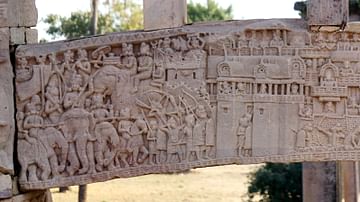
Image
“War over the Buddha’s Relics”, Sanchi
“War over the Buddha’s Relics”. Significance: It shows a siege in progress, during the period of Ajatashatru (though it does not show any of his wars): it is a visual aid to understanding the warfare of the period (5th century BCE)—siege...
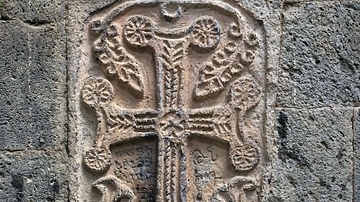
Image
Khachkar in the Wall at Arates Monastery in Armenia
The majority of the ruins at Arates Monastery in Armenia date from the 10-13th centuries CE, and the khachkars and tombstones date from between the 10-17th centuries CE.
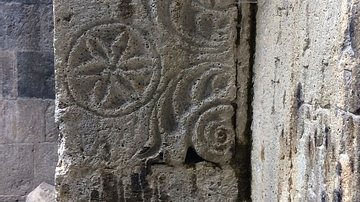
Image
Artistic Decor in Arates Monastery in Central Armenia
The Arates Monastery in Armenia is built on top of a hill and overlooks the Arates tributary of the Yeghegis River. The monastery's name came from the combination of “ari” ("come" in Armenian) and “tes” ("see" in Armenian). It is likely that...

Image
Ruined Interior of Arates Monastery in Central Armenia
The Arates Monastery in Armenia is built on top of a hill and overlooks the Arates tributary of the Yeghegis River. The monastery's name came from the combination of “ari” ("come" in Armenian) and “tes” ("see" in Armenian). It is likely that...
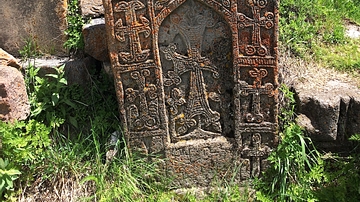
Image
Khachkar at Arates Monastery in Armenia
Most of the ruins at Arates Monastery in Armenia date from the 10-13th centuries CE, and the khachkars and tombstones date from between the 10-17th centuries CE.
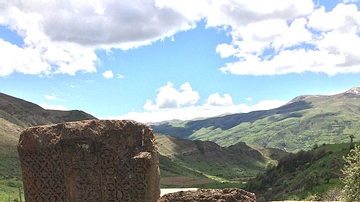
Image
Khachkars at Arates Monastery in Armenia
Most of the ruins at Arates Monastery in Armenia date from the 10-13th centuries CE, and the khachkars and tombstones date from between the 10-17th centuries CE.
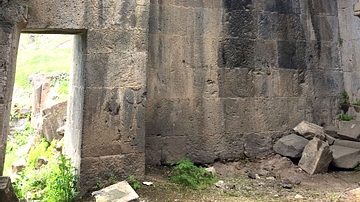
Image
Interior of Arates Monastery in Central Armenia
The Arates Monastery in Armenia is built on top of a hill and overlooks the Arates tributary of the Yeghegis River. The monastery's name came from the combination of “ari” ("come" in Armenian) and “tes” ("see" in Armenian). It is likely that...
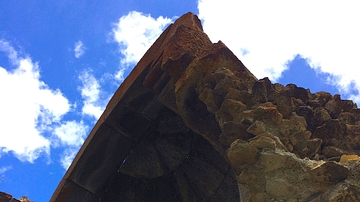
Image
Arates Monastery Ruins in Armenia
Arates Monastery in Armenia is built on top of a hill and overlooks the Arates tributary of the Yeghegis River. The monastery's name came from the combination of “ari” ("come" in Armenian) and “tes” ("see" in Armenian). It is likely that...
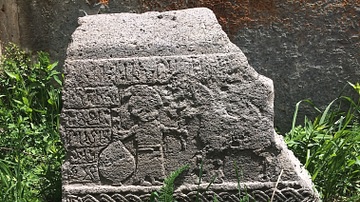
Image
Memorial Stone at Arates Monastery in Armenia
Arates Monastery in Armenia is built on top of a hill and overlooks the Arates tributary of the Yeghegis River. The monastery's name came from the combination of “ari” ("come" in Armenian) and “tes” ("see" in Armenian). It is likely that...
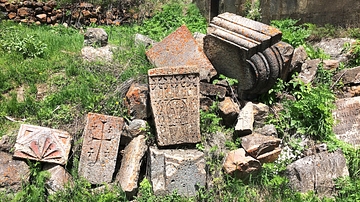
Image
Architectural Ruins from Arates Monastery in Armenia
Arates Monastery in Armenia is built on top of a hill and overlooks the Arates tributary of the Yeghegis River. The monastery's name came from the combination of “ari” ("come" in Armenian) and “tes” ("see" in Armenian). The group of half-ruined...